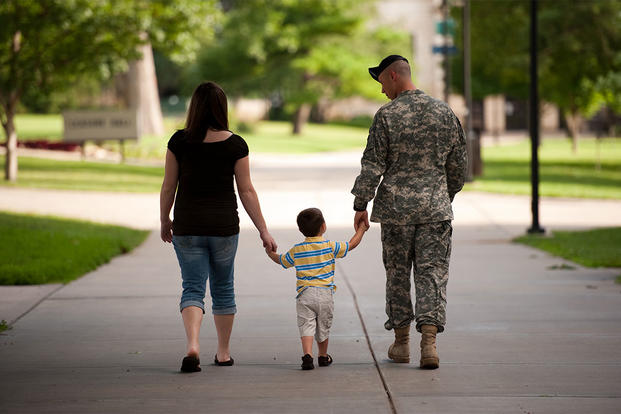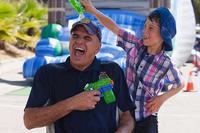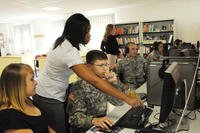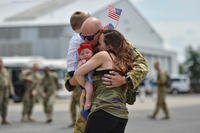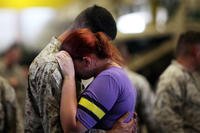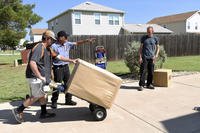Post-Traumatic Stress Disorder is one of the invisible wounds of war often discussed in popular culture. But it's also a very real diagnosis.
How can a caregiver go about understanding PTSD in veterans? What are the symptoms, and what can families do about PTSD?
PsychArmor, a non-profit dedicated to bridging the military-civilian divide by providing resources to help community members and others engage veterans, has free video courses on a variety of military-related issues.
This section of PsychArmor's Invisible Wounds of War at Home caretaker and family video series focuses on PTSD. In the first video, Heidi Kraft, a clinical psychologist, Navy veteran and PsychArmor's clinical director, helps caregivers and families answer the question "what is PTSD" while also discussing the stigma that still surrounds the problem.
Understanding PTSD in Veterans: What Are the Symptoms?
Next, Kraft looks at the symptoms of PTSD to help family members get a better understanding of PTSD in veterans.
Among those symptoms, Kraft says, are avoidance, negative changes in moods, and symptoms of feeling "amped up, aggravated, anxious." Another symptom, she says, is inner conflict that can lead to depression.
Kraft talks in detail about how each of the symptoms looks or might be experienced by veterans, complete with real-life examples of the ways she has seen the symptoms in her patients. She also discusses why the circumstances created by these symptoms can cause major life problems that veterans cannot handle without help.
Understanding PTSD in Veterans: What Can Families Do?
In this final installment on PTSD, Kraft talks about what families can do to help their veterans deal with PTSD.
First, she says, families should know that any given veteran's symptoms are not the fault of his or her family members, but rather a part of a traumatic event. The PTSD patient is not actually angry at the family or the kids, Kraft says, he is simply displaying the symptoms of the disease. PTSD affects the whole family.
But there is hope. In this video, Kraft details what families can do to understand and assist their veterans, starting with patience and understanding. There's nothing easy about taking care of someone with PTSD, she says, but there are resources to help in your journey toward understanding PTSD.
Other videos in this series:
